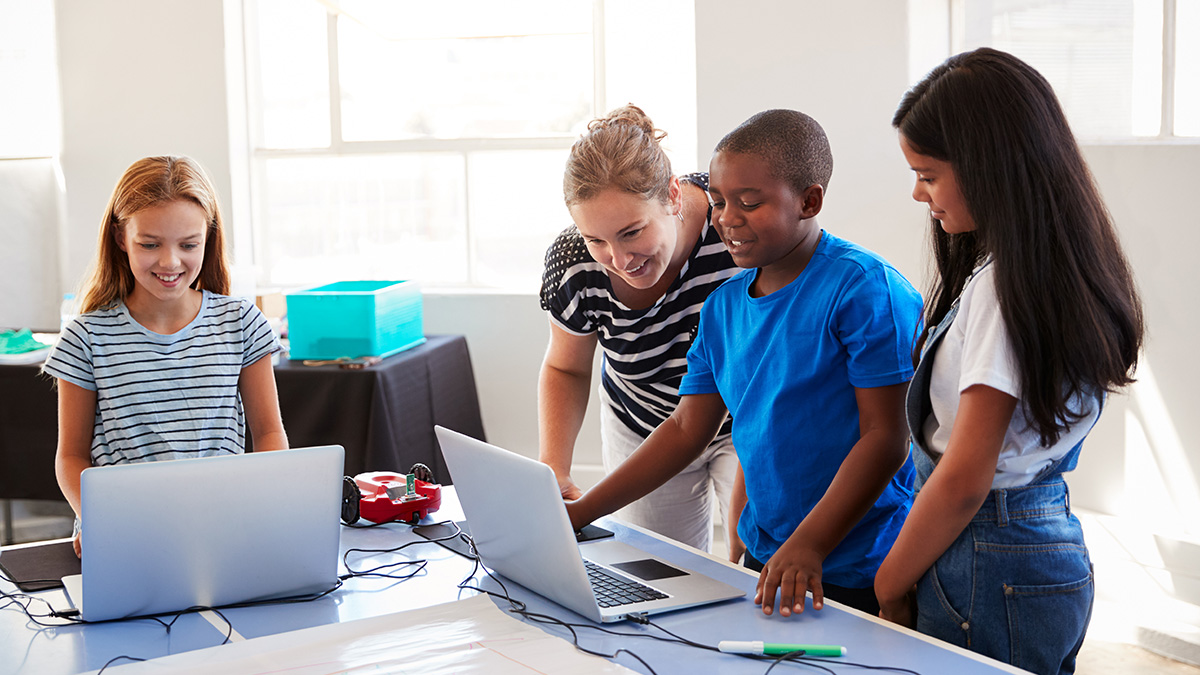
Ignite Sparks to Fuel Engagement
Use service projects based on studentpassions to amplify learning.
Topics: Social Emotional Learning
As the school year begins, administrators across the country are exploring ways to engage students in meaningful experiences. Young people thrive when they are able to use their “sparks”—passions, interests, and expertise—to help others while building the 21st century skills they need to succeed in school, work, and life.
Youth service is frequently viewed as a cute add-on rather than an asset to student education, however. Some believe that teachers and administrators are the only people in a school with the capacity to organize and implement service projects. But students will seize the opportunity to lead service projects, especially if they can showcase their passions.
Three out of 4 young people are not participating in a service experience, and participation rates are lower among youth from underserved communities. When schools create a culture of service, they make education real, relevant, and rewarding; they prepare students to become global citizens.
Planning a service project also gives students purpose. What better way to show them that they matter—not in some distant future, but today—than by helping them make a difference in the world? Young people who volunteer typically continue to contribute, vote, and engage in other philanthropic pursuits their whole lives.
When students address issues in their community, they hone important skills while sharpening strategies they need for academic success. Engaged students are 2.5 times as likely to say they get excellent grades and do well in school, and they are 4.5 times as likely to be hopeful about the future than peers.
Suggestions for Service
The best way to get students to start and stick with acts of service is to channel their interests into meaningful work. Here are some suggestions for a successful service experience at your school:
- Consider the issues students care about. What issues get your students fired up? When planning a project with a large group, you might want to predetermine—with student input—the issue (fire) to be addressed, then focus on how students can take roles using that spark.
- Ask students about their talents. Every student has a spark—a talent, skill, or passion. Ask students about their personal passions and find out what assets or talents they might use to make a difference in the community.
- Take action ASAP. To emphasize that young people can be changemakers now and not just the “leaders of tomorrow,” the acronym ASAP outlines four action strategies: awareness (educating others on an issue you care about); service (using one’s time and talents to meet a community need); advocacy (reaching out to policymakers with thoughts on how an issue impacts the community); and philanthropy (collecting and donating money and resources to an organization that supports the issue).
What does it look like when you focus on students’ sparks and plan a project as an entire school? Let’s say hunger is the “fire” or motivating issue for students in your school. Students can use their sparks to engage in a service project or activity to match.
For example, if a student is good at art, they might build awareness of the issue by creating educational posters about it. If a student has a gift for research and writing, they can research and write a letter to local leaders advocating for a position.
If they are good at gardening, a student might help create a community garden as a service project, growing crops and donating them to hunger relief. And if you’ve got a kid whose spark is sports, he or she can create a sporting event fundraiser to collect money or food for a local food bank.
All participants will build foundational skills that help them throughout life. Critical thinking and problem-solving will help investigate an issue. Creativity and innovation will surface new ideas. An impactful project will require collaboration with peers, and students can develop communication skills by presenting the project to an audience.
Student service is more than a nice-to-have. Collaborate with students to design projects that give them the chance to show off their unique skills. You’ll add to in-school learning while helping them address the issues they care about, creating engaged citizens in the process.
Scott Ganske is vice president of partnerships for Youth Service America (YSA).

